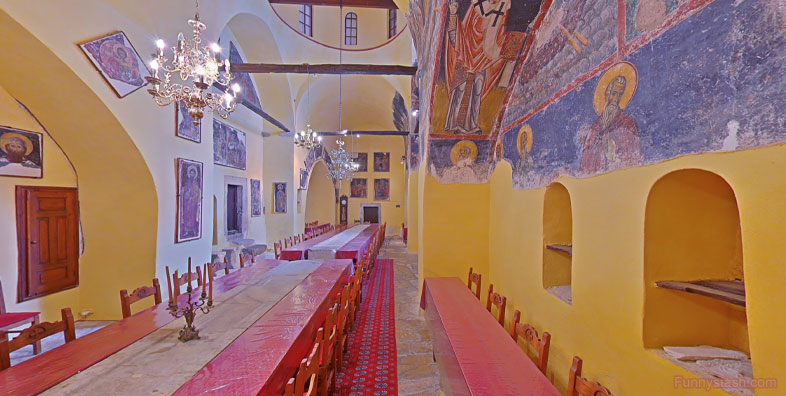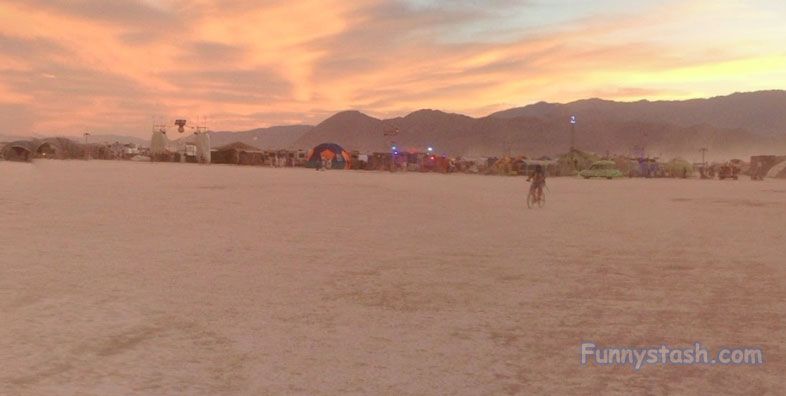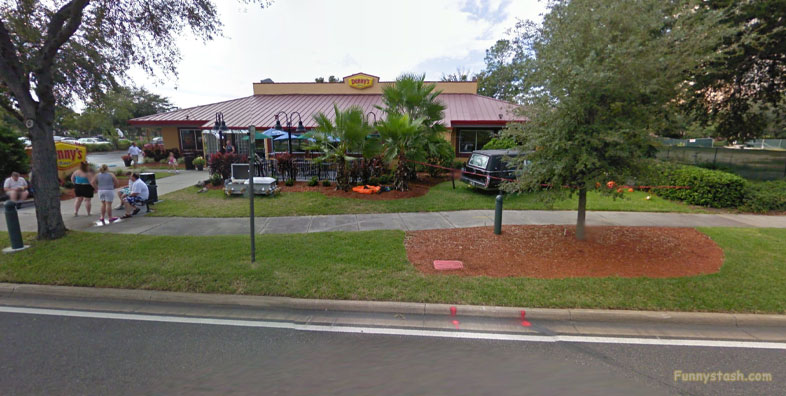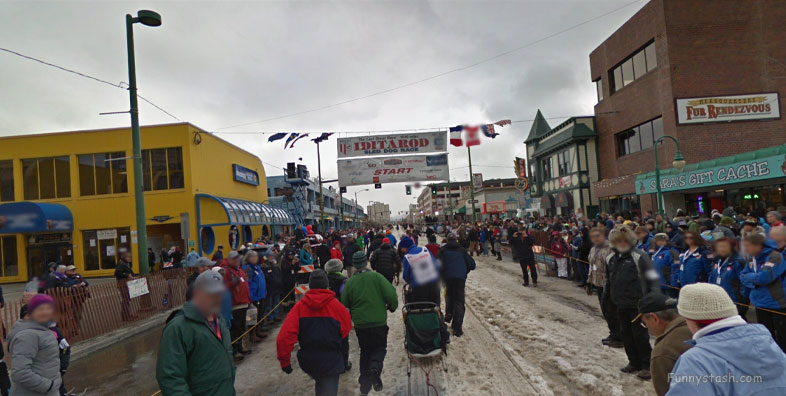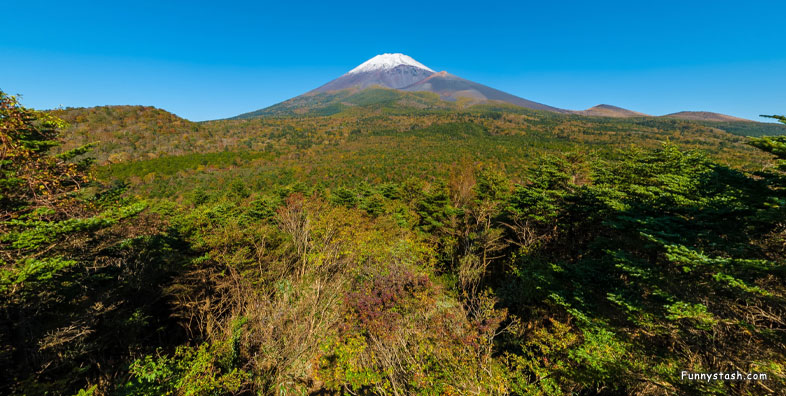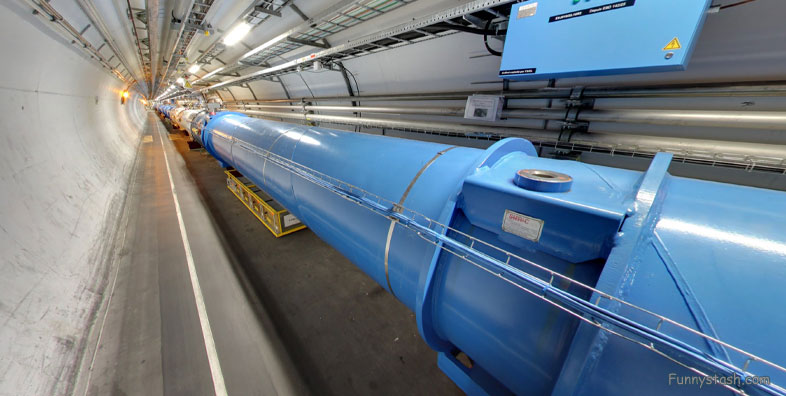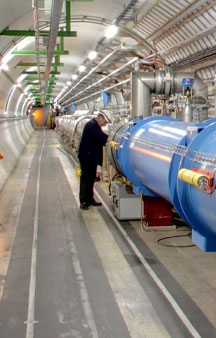Gps Coordinates / 46.2543595,6.0181199
Large Hadron Collider Cern Science Panoramas
Geneva Switzerland
L'adresse que vous donnez correspond à une maison privée située de l'autre côté du boisé, 31 All. d'Alembert, 01630 Saint-Genis-Pouilly, France
The Large Hadron Collider (LHC) is the world's largest and highest-energy particle collider. It was built by the European Organization for Nuclear Research (CERN) between 1998 and 2008 in collaboration with over 10,000 scientists and hundreds of universities and laboratories, as well as more than 100 countries. It lies in a tunnel 17 miles in circumference and as deep as 175 metres (574 ft) beneath the France–Switzerland border near Geneva
Gps Coordinates / 46.2542851,6.018193
The first collisions were achieved in 2010 at an energy of 3.5 teraelectronvolts (TeV) per beam, about four times the previous world record. After upgrades it reached 6.5 TeV per beam 13 TeV total collision energy, the present world record. At the end of 2018, it was shut down for two years for further upgrades.
Gps Location Coordinates Link Gps 46.2539874 / Link Gps 46.2538014 / Link Gps 46.2536154
Gps Coordinates / 46.2539874,6.0184853 / 46.2538014,6.018668 / 46.2536154,6.0188508
The collider has four crossing points where the accelerated particles collide. Seven detectors, each designed to detect different phenomena, are positioned around the crossing points. The LHC primarily collides proton beams, but it can also accelerate beams of heavy ions, lead–lead collisions and proton–lead collisions are typically performed for one month a year.
Gps Location Coordinates Link Gps 46.2535782 / Link Gps 46.2534294 / Link Gps 46.2529829
Gps Coordinates / 46.2535782,6.0188873 / 46.2534294,6.0190335 / 46.2529829,6.019472
The LHC's goal is to allow physicists to test the predictions of different theories of particle physics, including measuring the properties of the Higgs boson, searching for the large family of new particles predicted by supersymmetric theories, and other unresolved questions in particle physics.
Gps Location Coordinates Link Gps 46.2527597 / Link Gps 46.2526853 / Link Gps 46.252648
Gps Coordinates / 46.2527597,6.0196913 / 46.2526853,6.0197644 / 46.252648,6.0198009
The term hadron refers to subatomic composite particles composed of quarks held together by the strong force (as atoms and molecules are held together by the electromagnetic force). The best-known hadrons are the baryons such as protons and neutrons; hadrons also include mesons such as the pion and kaon, which were discovered during cosmic ray experiments in the late 1940s and early 1950s.
Gps Location Coordinates Link Gps 46.252462 / Link Gps 46.252218 / Link Gps 46.2521501
Gps Coordinates / 46.252462,6.0199836 / 46.252218,6.0202154 / 46.2521501,6.0202791
A collider is a type of a particle accelerator with two directed beams of particles. In particle physics, colliders are used as a research tool: they accelerate particles to very high kinetic energies and let them impact other particles. Analysis of the byproducts of these collisions gives scientists good evidence of the structure of the subatomic world and the laws of nature governing it. Many of these byproducts are produced only by high-energy collisions, and they decay after very short periods of time. Thus many of them are hard or nearly impossible to study in other ways.
Gps Location Coordinates Link Gps 46.2520862 / Link Gps 46.2519364 / Link Gps 46.2519065
Gps Coordinates / 46.2520862,6.020496 / 46.2519364,6.0208486 / 46.2519065,6.020952
Many physicists hope that the Large Hadron Collider will help answer some of the fundamental open questions in physics, which concern the basic laws governing the interactions and forces among the elementary objects, the deep structure of space and time, and in particular the interrelation between quantum mechanics and general relativity.
Gps Location Coordinates Link Gps 46.2513703 / Link Gps 46.2512185 / Link Gps 46.2511048
Gps Coordinates / 46.2513703,6.021016 / 46.2512185,6.0211558 / 46.2511048,6.0212607
The collider is contained in a circular tunnel, with a circumference of 16.6 miles, at a depth ranging from 50 to 175 metres (164 to 574 ft) underground. The variation in depth was deliberate, to reduce the amount of tunnel that lies under the Jura Mountains to avoid having to excavate a vertical access shaft there. A tunnel was chosen to avoid having to purchase expensive land on the surface, which would also have an impact on the landscape and to take advantage of the shielding against background radiation that the earth's crust provides.
Gps Location Coordinates Link Gps 46.2508772 / Link Gps 46.2506496 / Link Gps 46.2498909
Gps Coordinates / 46.2508772,6.0214705 / 46.2506496,6.0216802 / 46.2498909,6.0223795
The 12 ft wide concrete-lined tunnel, constructed between 1983 and 1988, was formerly used to house the Large Electron–Positron Collider.[30] The tunnel crosses the border between Switzerland and France at four points, with most of it in France. Surface buildings hold ancillary equipment such as compressors, ventilation equipment, control electronics and refrigeration plants.
Gps Location Coordinates Link Gps 46.2491756 / Link Gps 46.251613 / Link Gps 46.2516781
Gps Coordinates / 46.2491756,6.023096 / 46.251613,6.0208828 / 46.2516781,6.0208208
The LHC was shut down on 13 February 2013 for its 2-year upgrade called Long Shutdown 1 (LS1), which was to touch on many aspects of the LHC, enabling collisions at 14 TeV, enhancing its detectors and pre-accelerators (the Proton Synchrotron and Super Proton Synchrotron), as well as replacing its ventilation system and 100 km (62 mi) of cabling impaired by high-energy collisions from its first run.
Gps Location Coordinates Link Gps 46.2517003 / Link Gps 46.2517175 / Link Gps 46.2517381
Gps Coordinates / 46.2517003,6.0207985 / 46.2517175,6.0207496 / 46.2517381,6.0206806
During LHC operations, the CERN site draws roughly 200 MW of electrical power from the French electrical grid, which, for comparison, is about one-third the energy consumption of the city of Geneva; the LHC accelerator and detectors draw about 120 MW thereof. Each day of its operation generates 140 terabytes of data.
Gps Location Coordinates Link Gps 46.2517261 / Link Gps 46.251652 / Link Gps 46.2519157
Gps Coordinates / 46.2517261,6.0206532 / 46.251652,6.0207248 / 46.2519157,6.0205804
When running at the current energy record of 6.5 TeV per proton, once or twice a day, as the protons are accelerated from 450 GeV to 6.5 TeV, the field of the superconducting dipole magnets is increased from 0.54 to 7.7 teslas (T). The protons each have an energy of 6.5 TeV, giving a total collision energy of 13 TeV. At this energy, the protons have a Lorentz factor of about 6,930 and move at about 0.999999990 c, or about 3.1 m/s (11 km/h) slower than the speed of light (c). It takes less than 90 microseconds (μs) for a proton to travel 26.7 km around the main ring. This results in 11,245 revolutions per second for protons whether the particles are at low or high energy in the main ring, since the speed difference between these energies is beyond the fifth decimal.
Gps Location Coordinates Link Gps 46.2515681 / Link Gps 46.2515366 / Link Gps 46.2514154
Gps Coordinates / 46.2515681,6.0208528 / 46.2515366,6.0209478 / 46.2514154,6.0210277
When running at the current energy record of 6.5 TeV per proton, once or twice a day, as the protons are accelerated from 450 GeV to 6.5 TeV, the field of the superconducting dipole magnets is increased from 0.54 to 7.7 teslas (T). The protons each have an energy of 6.5 TeV, giving a total collision energy of 13 TeV. At this energy, the protons have a Lorentz factor of about 6,930 and move at about 0.999999990 c, or about 3.1 m/s (11 km/h) slower than the speed of light (c). It takes less than 90 microseconds (μs) for a proton to travel 26.7 km around the main ring. This results in 11,245 revolutions per second for protons whether the particles are at low or high energy in the main ring, since the speed difference between these energies is beyond the fifth decimal.
Gps Location Coordinates Link Gps 46.2514378 / Link Gps 46.2509875
Gps Coordinates / 46.2514378,6.0210714 / 46.2509875,6.0217081
The LHC first went live on 10 September 2008, but initial testing was delayed for 14 months from 19 September 2008 to 20 November 2009, following a magnet quench incident that caused extensive damage to over 50 superconducting magnets, their mountings, and the vacuum pipe.
